By Anne Brodie
Apple TV+’s original film CODA stars deaf actors Marlee Matlin, Troy Kotsur and Daniel Durant. Emilia Jones plays the only hearing member of a tight-knit fishing family in Gloucester, Massachusetts in Sian Heder’s moving story. The family is at a crossroads; Ruby (Jones) has discovered her talent and love of singing as she closes out her high school years. Her music teacher encourages her to go to music college, but that would leave her family with no hearing person, crucial to their business and daily life. CODA (Child of Deaf Adults) is a banner film for the deaf community, breaking boundaries and raising awareness in radical cinematic ways and within its revealed world. Writer-director Sian Heder, also a CODA, brings her deep understanding to the story. The director and cast shared their experiences.
Sian Heder – CODA is a deaf culture film and was cast authentically, the right thing to do, plus it is a cultural opportunity. Every character is messy and lived in and flawed and has a journey. It’s set in Gloucester, Massachusetts, where I spent summers growing up so it felt authentic.
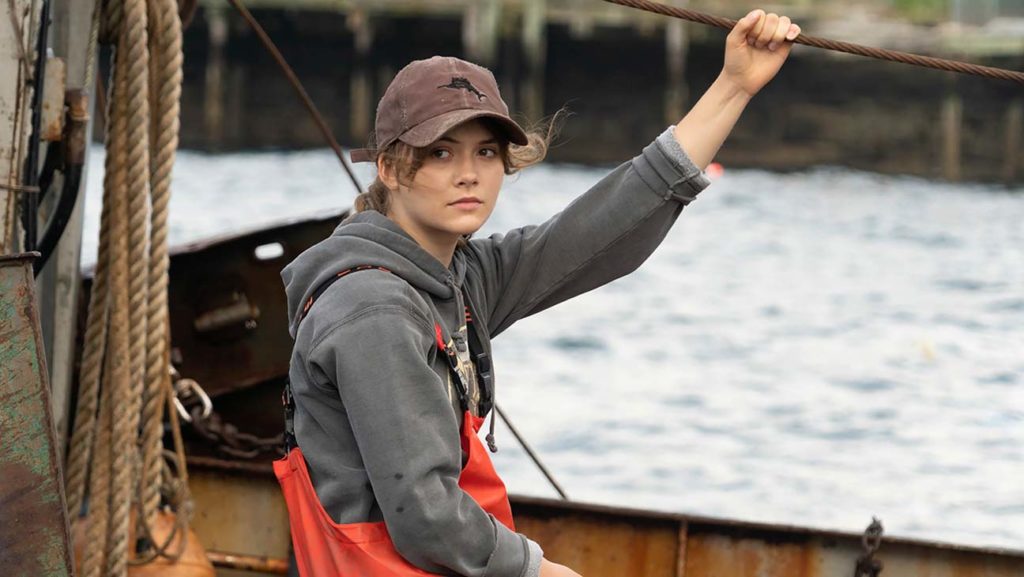
Marlee Matlin – She got it! It was about me, my culture, my language, I identified with so many stories in this script. It was so authentic and Sian’s vision was crystal clear. Her passion was right there. Emilia learned ASL which is distracting while acting.
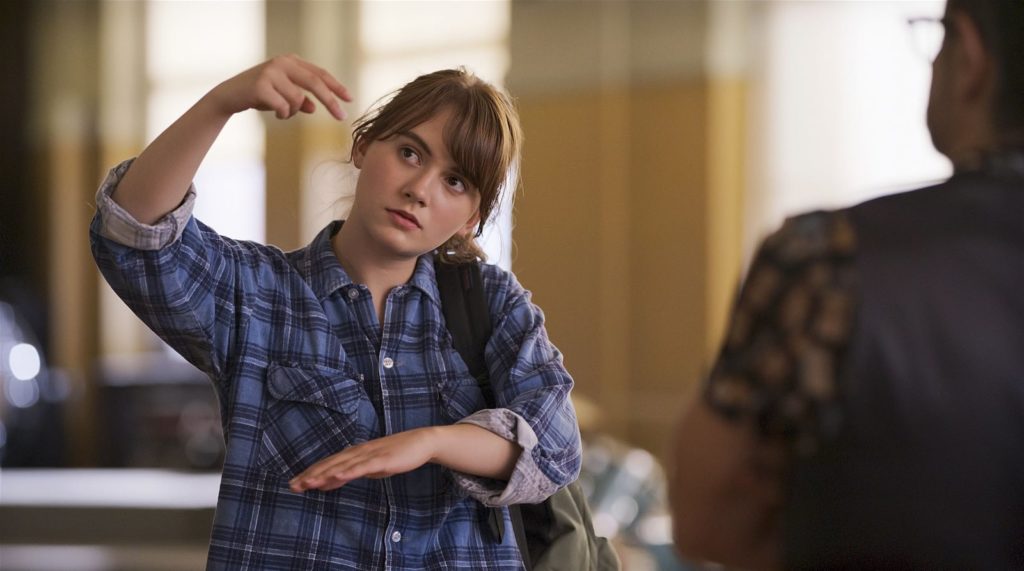
Emilia, what was it like making CODA as a hearing person?
I put a lot of hard work into the movie, and the sign language, I didn’t know any and it scared me and I like that. I went straight into it. I was in Toronto shooting so we’d meet on weekends. I wanted to understand the language as well as speak it, I didn’t want an interpreter. I trained for nine months and worked in intense training in Massachusetts, they pushed me, they saw how much I wanted to learn, still now. I was doing the best as I could and my arms and hands would ache, muscles I hadn’t used before, and there were CODA people on the set and it really helped.
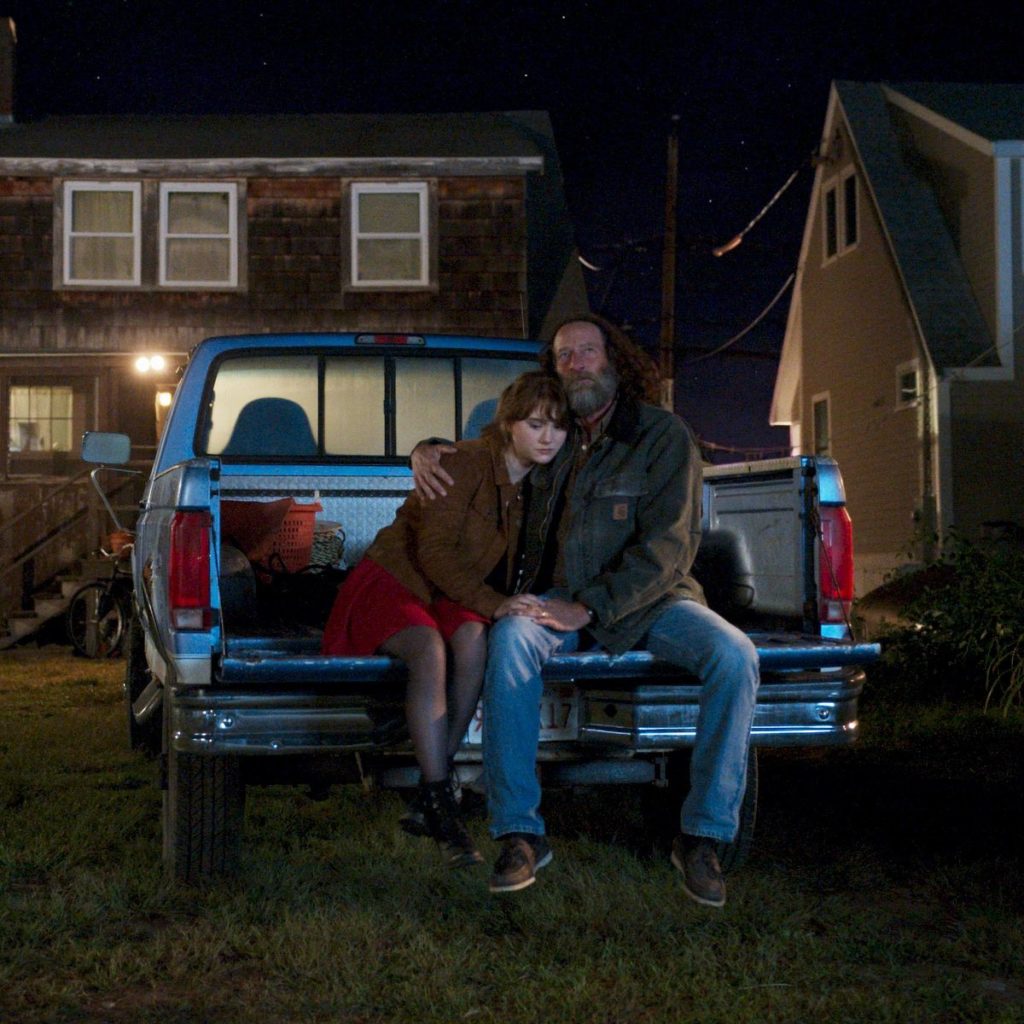
Emilia and Troy, you share an emotional scene in which you “listen” to Ruby sing by touching the vibrations in her throat.
Before we were shooting I had some time to talk to Sian, I wanted to go with my gut instinct, I can’t talk about it because I have to follow the script. I asked for small adjustments. I asked Ruby to sing, do you mind singing, I’ll touch your neck to feel vibrations. I didn’t feel comfortable with that but we needed something more special. And after Ruby sang, we made eye contact and that eye contact had this energy to but without any dialogue or signs or script. We kept that eye contact and the audience could have their own interpretations. That moment was so powerful.
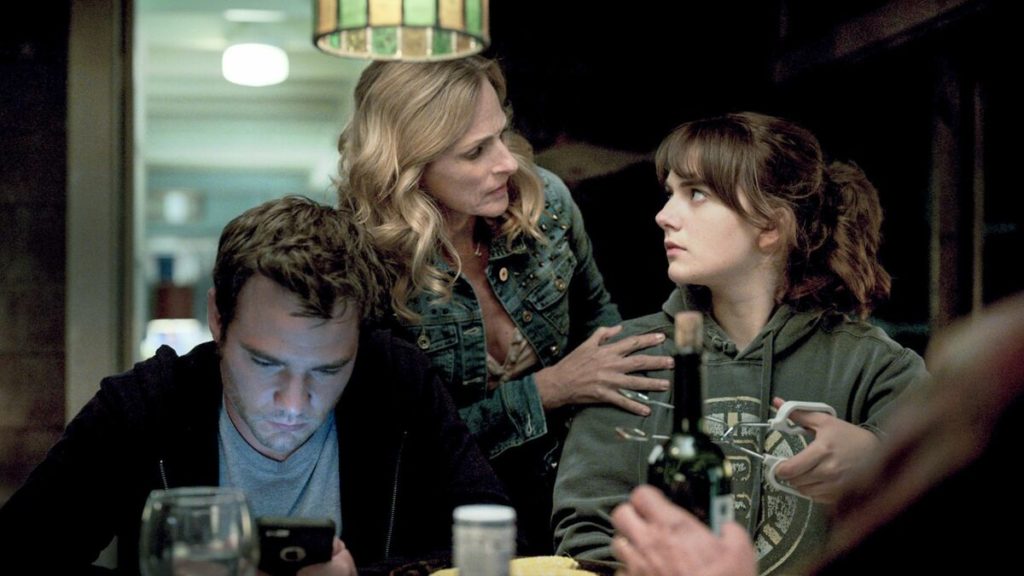
Daniel, what did the film bring to you?
I loved working on the boat, and the fight scenes when we argued choreographed fighting, worked with stuntmen, also on the beach, the scene with Ruby. I enjoyed the character of the older brother who cared for her. Our parents were depending on her so much, but he had so many ideas. Ruby felt stuck and I say you don’t have to do that. I know you like singing.
Emilia – CODA did change my life. I felt grateful to learn that culture I didn’t know. Working with the cast and interpreters, it was an amazing team. And it’s an independent film with no time and no money. You work so hard. I’d never had a singing lesson or been on a fishing boat, and I was scared. It’s so rewarding when you finish it. Seventeen-year-old Brit, me, and they took a chance on me.
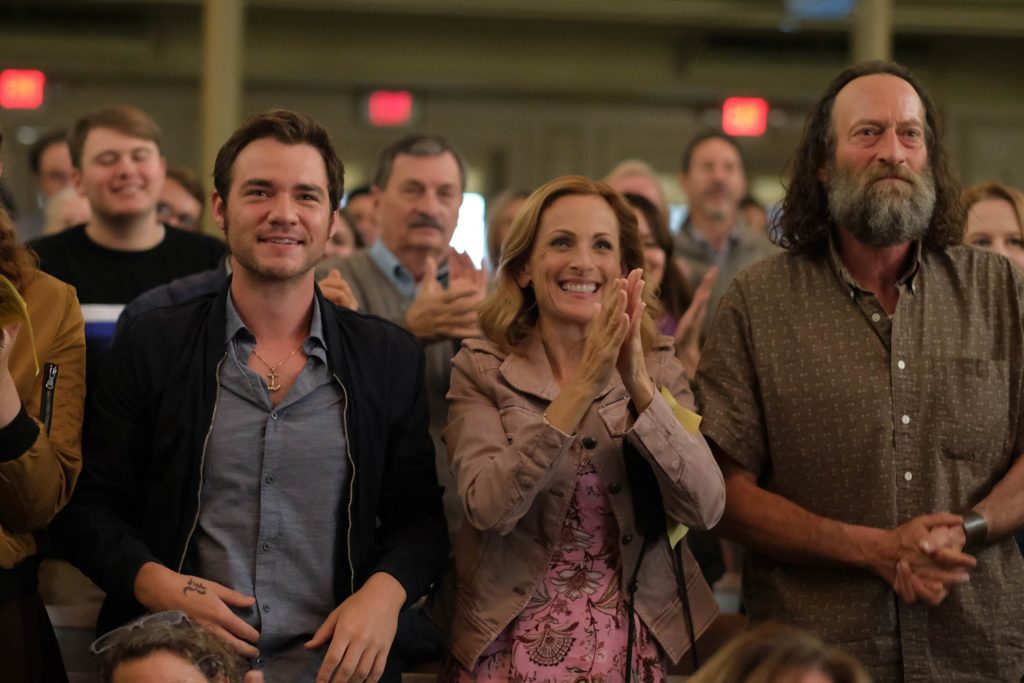
Troy – In an audience I miss a laugh, I was never able to react at the same time until CODA came out, so it’s an important film for everyone. 95% of ignorant hearing people don’t know what a deaf world is like, and Emilia’s in both worlds, we shared worlds together. As an audience member, deaf and hearing audiences laugh together at the same time. It’s not often you see that in a film. I was always waiting for a great film to arrive but to be in that live audience setting, brought back what we’ve missed for so long. This film is for everyone.
Daniel – CODA is a beautiful story, it’s important for ASL.